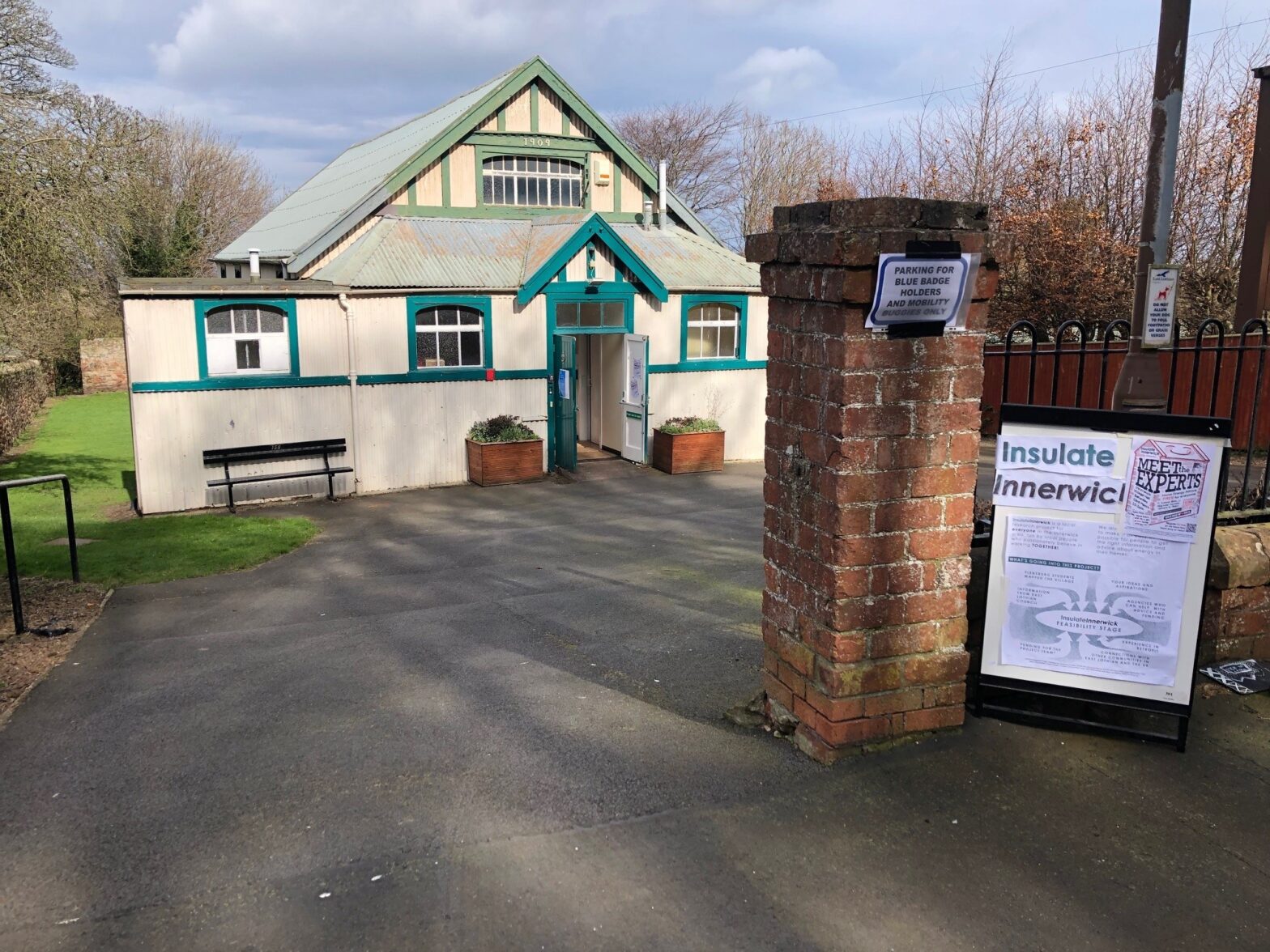On March 23rd 2024 we held a free lunchtime event. See above for the Insulate Innerwick team’s slides from the day, and Home Energy Scotland slides, in one presentation.
Architects Sarah McLeary and Ruth Rodger described the project and some of the reasons why making upgrades to your home can save money and energy. Sarah and Ruth both work at Smith Scott Mullan Architects.
Yordan from Home Energy Scotland showed some of the ways each element of your home can be upgraded.
The Q&A session touched on the issues and barriers people are facing;
InsulateInnerwick Meet the Experts Q&A
Y – Yordan
S – Sarah
R – Ruth
Q1: I have a traditional house with a modern extension, what are the factors when considering insulation made from natural materials Vs “Kingspan”?
Y: Modern insulation materials like “Kingspan” are non-breathable, so you have to account for moisture and think more carefully before using them. Historic Environment Scotland would recommend using natural breathable materials like hemp or wood fibre.
R: “Kingspan” is not breathable, be careful when using it. Try and reflect the nature of the existing wall and replace like with like. Check the quality of your installer and make sure they use appropriate solutions on the different areas of your house.
Q2: I have an old stone cottage with a single brick porch. I need to remove my lathe and plaster as it is cracked and loose, what do you suggest?
R: You could replace the existing material with new lathe and plaster or with modern plaster and insulation. It depends on your personal choice and the funds you have available. You could consider wood fibre with an integrated parge coat and plaster system or modern insulation.
Q3: My question is about glazing as my windows are shot. Is secondary glazing funded?
Y: There is up to £8,000 available as an interest free loan for upgrading single glazed windows to secondary or double-glazed windows via the Home Energy Scotland Grant & Loan. Some Area Based Schemes may also offer secondary glazing upgrades.
Q4: As we are in a conservation area, I have heard that the local council have objected to a house that had wooden double glazing installed at the front, but plastic windows installed out of sight at the back, are these restrictions likely to change?
Paul McLennan, Minister for Housing and local MSP: The national policy is under review, and we await the conclusions, but we also have to acknowledge that different councils interpret the existing policy in different ways.
S: Solar PV panels and windows are regularly raised when discussing local planning policy. As part of the Local Place Plan document which will be submitted to East Lothian Council in May, the community is asking for greater clarity and consistency over what is acceptable for listed buildings and homes within a Conservation Area.
R: We should also remember that planning rules are there to protect our heritage, but I would always recommend contacting the planners in advance and discussing your proposals.
Q5: I have 25-year-old fibre Cavity Wall Insulation, I’ve heard it deteriorates?
Y: Cavity wall insulation is guaranteed for 25 years. It does deteriorate with time. Sometimes it is possible to use thermal imaging to identify the gaps. Removal and replacement is easy to do.
R: Yes, you should consider removal and replacement.
S: Removal can be done from the exterior of the building and is minimally invasive, a hole is cut in the external leaf and the existing slumped insulation is drawn out using a ‘hoover’. New polystyrene beads are then blown in, these fully fill the cavity and can’t ‘slump’ as they have a slightly sticky coated that holds them in place.
Q6: Is possible to drop polystyrene beads behind the lathe and plaster, from the attic in traditionally built properties?
Y: Difficult one, possibly, maybe, it depends on access and if there are obstructions that have occurred in areas of the wall over time.
R: Yes, you need to check for full fill. Installers usually require to install the beads in a certain pattern to achieve a full fill, therefore installing from only the top might not provide a full fill.

